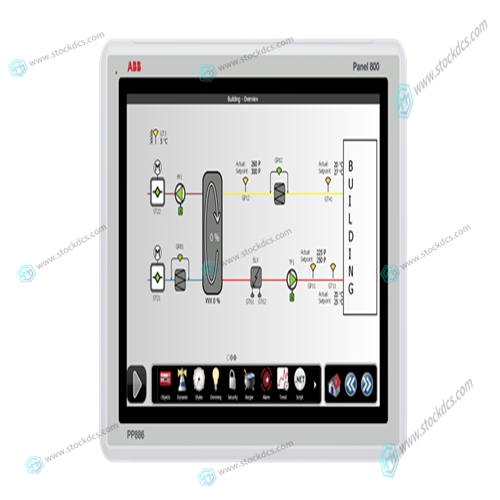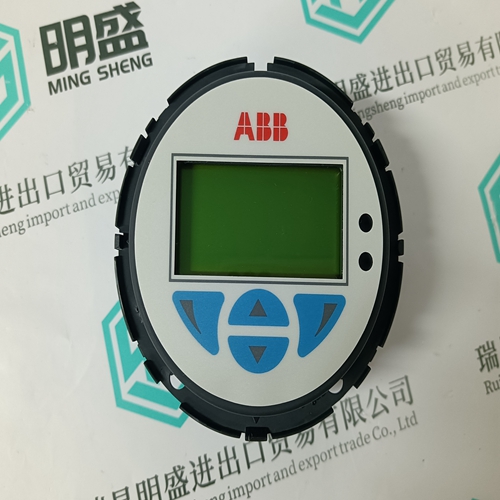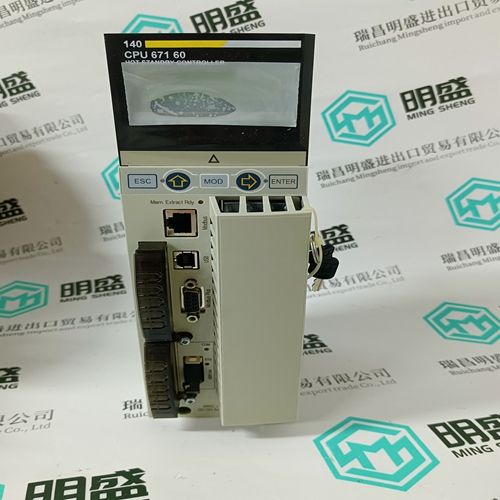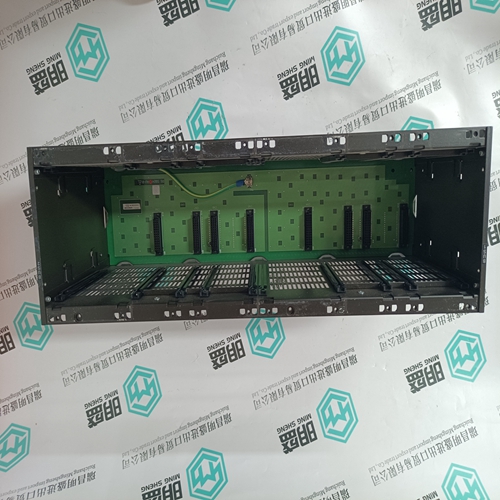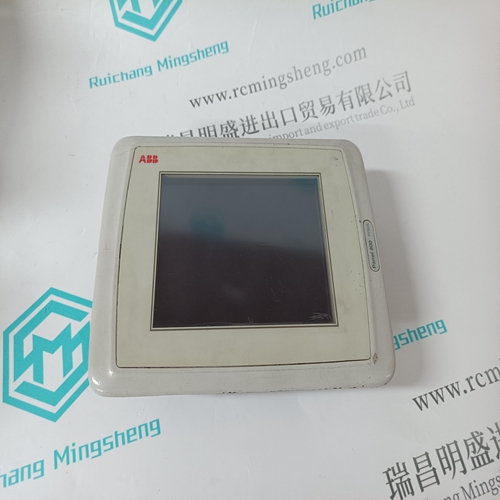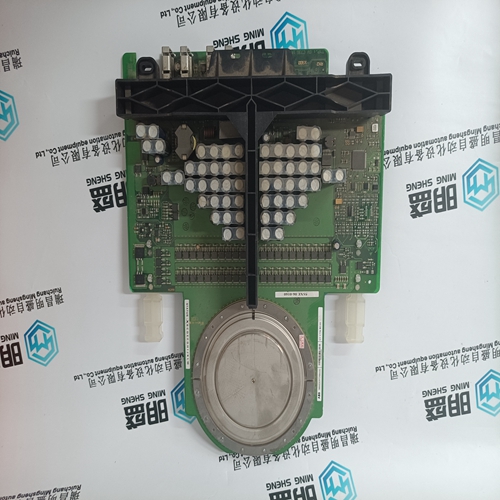Home > Product > DCS control system > ABB PP886 3BSE092980R1 Touch screen
ABB PP886 3BSE092980R1 Touch screen
- Product ID: PP886 3BSE092980R1
- Brand: ABB
- Place of origin: The Swiss
- Goods status: new/used
- Delivery date: stock
- The quality assurance period: 365 days
- Phone/WhatsApp/WeChat:+86 15270269218
- Email:stodcdcs@gmail.com
- Tags:ABBPP8863BSE092980R1Touch screen
- Get the latest price:Click to consult
ABB PP886 3BSE092980R1 Touch screen
Measures the age of the received protocol information recorded for a port and ensures this information is discarded when its age limit exceeds the value to the maximum age parameter recorded by the switch. The timeout value for this timer is the maximum age parameter of the switches. Forward Delay Monitors the time spent by a port in the learning and listening states. The timeout value is the forward delay parameter of the switches. Path Costs RSTP and STP algorithms use a cost to determine which connections should be used. The "spanning tree" is formed by determining the least cost paths from any RSTP device back to the root. Wireless Gives preference to a wired connection, set the Wireless cost to 200. Ethernet Gives preference to a wired Ethernet connection, set the Ethernet cost to 100.
Multiple master radios can be defined on the same network.
If one master radio goes down, any radios linked to it can switch over to the other master, so the networked radios remain connected and transmitting. In order to be redundant, the two masters should typically be on the same segment—in other words, they should be wired together into the same switch. These two masters can be assigned different channels to increase network bandwidth, but they must be assigned the same SSID. Also, because all radios are repeaters, each radio can be configured to reach a master radio via multiple repeater paths. If a repeater goes down, the linked radios can use a different path to get back to a master radi
It is important to allow many industrial
protocols to communicate properly over the RLX2 radios. The standard 802.11 AP operation for transmitting broadcast messages is to accumulate them and transmit them only on specific time intervals. This allows clients that are in power-save mode to wake up at the synchronized time interval and receive the broadcast packets. However, the power-save mode is rarely used in industrial networks. Additionally, many industrial protocols utilize multicast traffic, which is sent as broadcast messages over the wireless network. By enabling immediate broadcasting, these multicast messages are not delayed by the wait for the next time interval to occur before they can be transmitted. This results in improved network performance. The settings on this form also allow the configuration of the transmission rate and broadcast mode to optimize this radio's use on an industrial network.







Application industry
The products can be used in the following industries: power plant, paper making, steel, mining, rubber, water supply, cement, chemical industry, glass, printing Textile, machinery, plastics, coatings, medicine, hospitals, food, hotels, scientific research institutions
